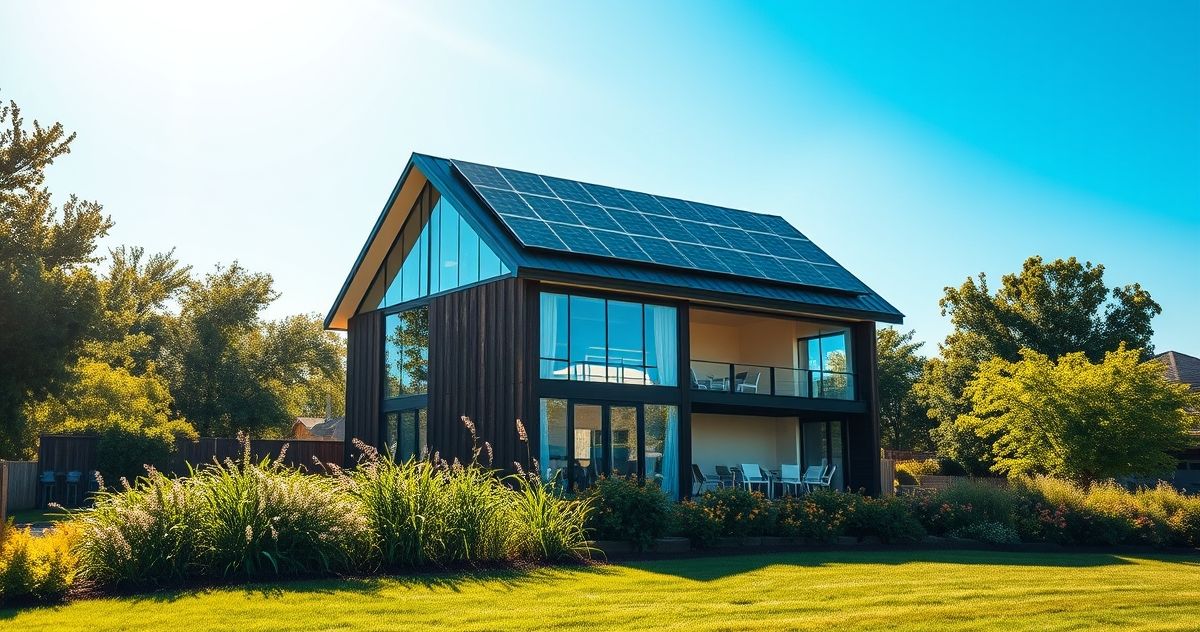Introduction to Energy Efficiency Retrofitting Credit
The Energy Efficiency Retrofitting Credit is a tax-related benefit designed to incentivize individuals and businesses to modernize their existing buildings with energy-efficient solutions. As global energy demands rise and the impact on the environment becomes more concerning, governments have introduced various tax credits to encourage sustainable development practices. This retrofitting credit is part of a broader effort to foster energy conservation and reduce carbon footprints.
Primary Purpose
The primary purpose of the Energy Efficiency Retrofitting Credit is to financially support property owners who invest in upgrading their facilities with new technologies that reduce energy consumption. These upgrades can include improved insulation, efficient heating and cooling systems, or advanced window solutions that better control temperature. By providing tax relief, the government reduces the financial burden of making such eco-friendly renovations, thereby encouraging more widespread adoption of energy-efficient technologies.
Key Features of Energy Efficiency Retrofitting Credit
Eligibility and Qualified Improvements
The credit typically applies to a variety of retrofitting projects. Some of these might include:
- Installation of energy-efficient windows, doors, and skylights.
- Upgrades to HVAC systems that meet specific efficiency criteria.
- Insulation improvements that meet state or federal energy standards.
- Solar energy systems such as photovoltaic panels.
Calculation and Limits
The amount of the credit can vary based on the cost and type of improvements made. There often exists a cap on the total credit claimable, which might differ yearly based on legislative updates. Typically, the credit covers a percentage of the improvement costs, so it’s crucial for taxpayers to carefully document and calculate their eligible expenses to maximize their benefit.
Documentation and Requirements
Proof of purchase and installation, such as receipts and contractor statements, are critical for claiming this credit. Taxpayers must also ensure the products and services used adhere to specific energy efficiency criteria established by relevant authorities. This involves researching and selecting appropriately certified products and contractors.
Filing and Compliance Requirements
Claiming the Energy Efficiency Retrofitting Credit requires meeting various compliance and filing requirements. Taxpayers typically need to:
- Complete and attach the necessary tax forms, often a specific IRS form related to energy efficiency habits.
- Provide documentation and certificates demonstrating compliance with efficiency standards.
- Retain all related documents for at least the duration suggested by tax regulations in case of an audit.
Consequences for Non-Compliance
Filing inaccurately or failing to meet the necessary compliance requirements can lead to several consequences. These may include:
- The denial of the credit, effectively increasing the taxpayer’s liability.
- Secondary penalties for inaccuracies or fraudulent claims, which can involve fines.
- Potential audits or additional scrutiny from tax authorities, increasing the administrative burden on the taxpayer.
Importance in Tax Resolution and Financial Compliance
The Energy Efficiency Retrofitting Credit plays a significant role in enhancing tax efficiency and compliance. For taxpayers, this credit not only provides immediate financial relief but also promotes long-term savings through reduced energy costs. As energy prices fluctuate, buildings that incorporate innovative efficiency technologies continue to reap financial benefits.
Moreover, this tax credit encourages adherence to high construction and renovation standards, paving the way for more sustainable urban development. In the broader context, this aligns with national and global environmental goals, aiding in the fight against climate change by promoting a reduced dependency on fossil fuels and advocating for cleaner, greener energy practices.
Conclusion
The Energy Efficiency Retrofitting Credit is a vital tool for taxpayers seeking to balance environmental responsibility with financial advantages. By comprehensively understanding its application, benefits, and requirements, property owners can significantly enhance their tax positions while contributing positively to environmental sustainability. Encouraging proper usage of such credits highlights the government’s commitment to merging fiscal policy with public and environmental welfare objectives.

